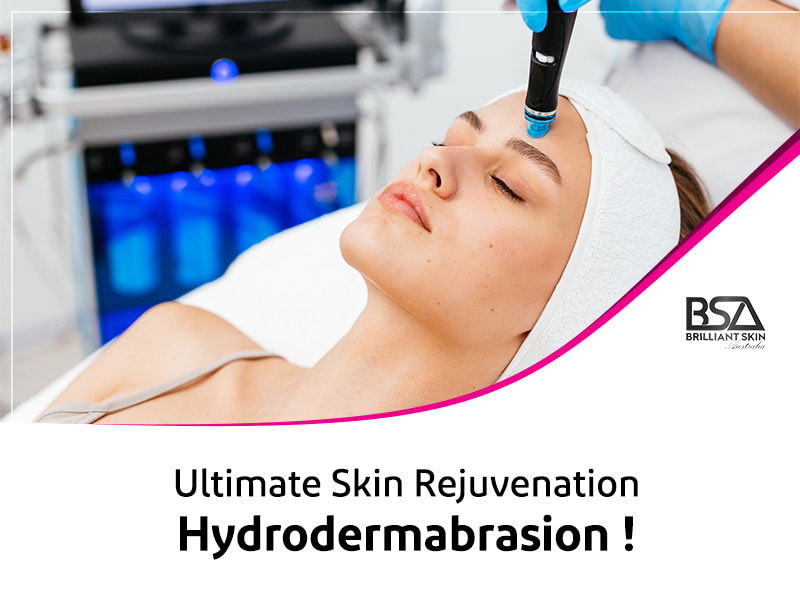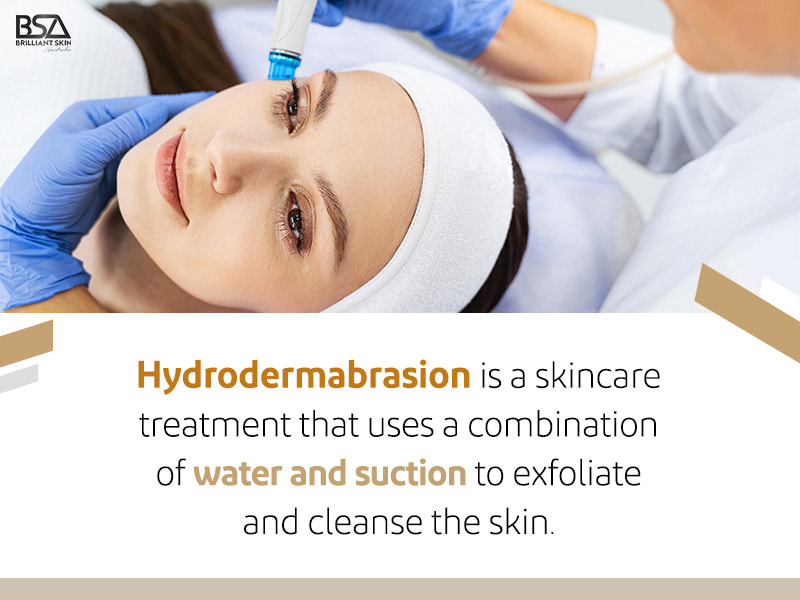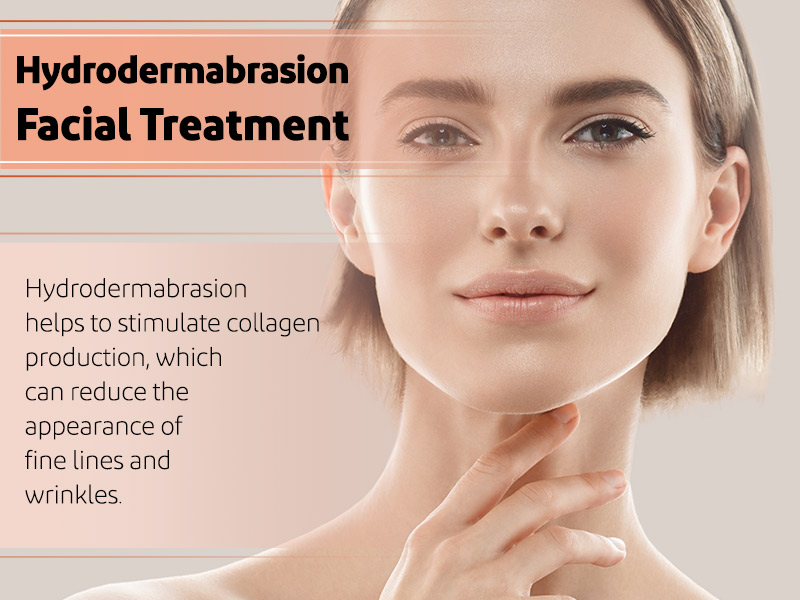Differences between hydrodermabrasion and dermaplaning
- Updated July 22, 2023
- by Honey Seida
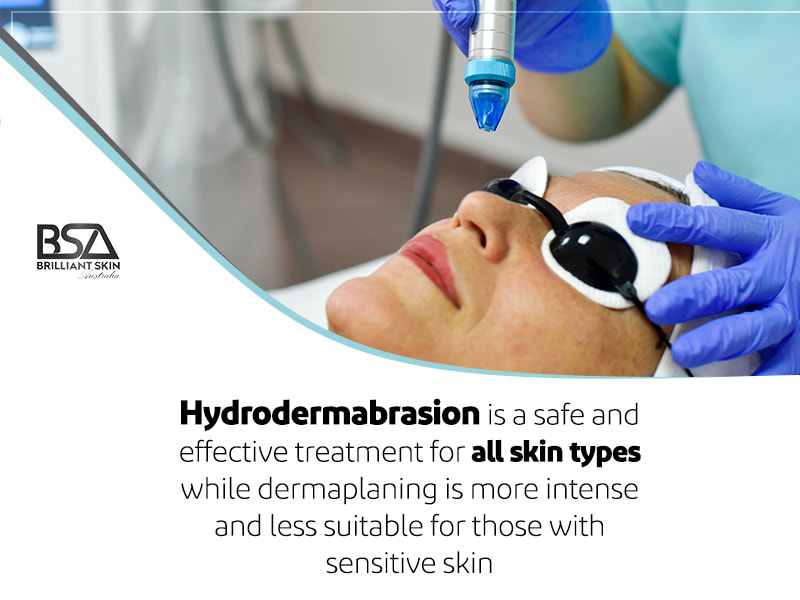
As the beauty industry continues to evolve, new treatments and techniques are constantly emerging to help individuals achieve their desired skin goals.
Two popular treatments that have gained popularity in recent years are hydrodermabrasion and dermaplaning. While both treatments are designed to improve the appearance and texture of the skin, they differ in their approach and benefits.
In this blog post, we will explore the differences between hydrodermabrasion and dermaplaning, and help you determine which treatment is best for you.
What is Hydrodermabrasion?
Hydrodermabrasion is a non-invasive skin resurfacing treatment that uses a combination of water and oxygen to gently exfoliate the skin. During the treatment, a handheld device is used to deliver a jet of water and oxygen to the skin, which helps to remove dead skin cells and impurities. The device also has a vacuum mechanism that sucks up the debris and exfoliated skin cells, leaving the skin feeling smooth and refreshed.
One of the major benefits of hydrodermabrasion is that it is gentle on the skin and can be used on all skin types, including sensitive skin. The treatment is also customizable, allowing the intensity of the water and oxygen to be adjusted based on the individual's skin type and concerns. Hydrodermabrasion can help improve the appearance of fine lines and wrinkles, hyperpigmentation, acne scars, and uneven skin tone.
What is Dermaplaning?
Dermaplaning is a manual exfoliation technique that uses a surgical blade to remove dead skin cells and vellus hair (also known as peach fuzz) from the surface of the skin. The blade is held at a 45-degree angle and gently scraped along the skin in upward motions. The treatment helps to improve the texture of the skin, leaving it feeling soft and smooth.
One of the benefits of dermaplaning is that it also helps to remove the fine vellus hair on the face, which can make the skin appear brighter and more radiant. Dermaplaning can also help to improve the absorption of skincare products, as it removes the barrier of dead skin cells that can prevent products from penetrating the skin.
Hydrodermabrasion vs. Dermaplaning: Which is Best?
While both hydrodermabrasion and dermaplaning are effective exfoliation treatments, they differ in their approach and benefits. Hydrodermabrasion is a gentler treatment that is suitable for all skin types, while dermaplaning is a more manual and intense treatment that may not be suitable for those with sensitive skin.
Hydrodermabrasion is a great option for those looking for a non-invasive treatment that can help to improve the appearance of fine lines, wrinkles, and hyperpigmentation. The treatment is also customizable, making it a great option for those with varying skin concerns.
On the other hand, dermaplaning is an effective treatment for those looking to remove vellus hair and dead skin cells from the surface of the skin. The treatment can help to improve the texture of the skin, leaving it feeling soft and smooth. Dermaplaning can also help to improve the absorption of skincare products, making it a great option for those looking to enhance the effectiveness of their skincare routine.
Ultimately, the choice between hydrodermabrasion and dermaplaning will depend on your individual skin concerns and preferences. Consulting with a skincare professional can help you determine which treatment is best for you.
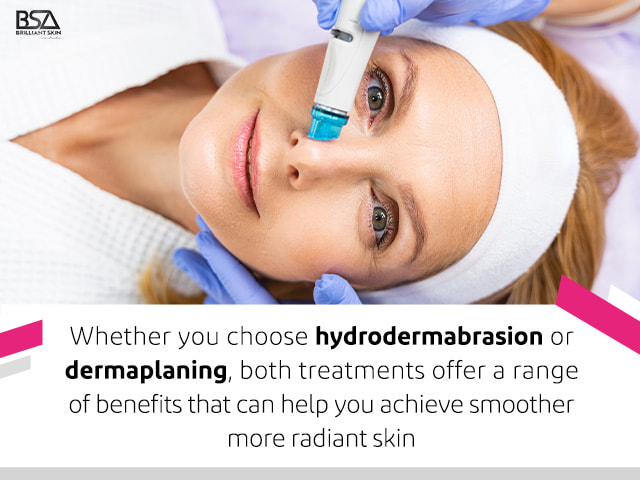
Potential Side Effects
As with any skincare treatment, there are potential side effects and risks associated with both hydrodermabrasion and dermaplaning. However, these risks are generally minimal and can be avoided with proper technique and aftercare.
Hydrodermabrasion side effects may include redness, mild swelling, and dryness of the skin. In rare cases, individuals may experience bruising or broken capillaries. However, these side effects typically resolve within a few hours to a few days after the treatment.
To minimize the risk of side effects, it is important to choose a qualified skincare professional and follow their recommended aftercare instructions, such as avoiding sun exposure and applying a moisturiser.
Dermaplaning side effects may include redness, mild swelling, and sensitivity of the skin. There is also a risk of nicks or cuts, especially if the treatment is performed incorrectly. However, these risks can be minimized by choosing an experienced skincare professional and ensuring that the blade used is sterile and sharp.
Aftercare instructions, such as avoiding sun exposure and applying a gentle moisturiser, can also help to reduce the risk of side effects.
It is important to note that both hydrodermabrasion and dermaplaning may not be suitable for individuals with certain skin conditions, such as active acne or eczema.
It is always recommended to consult with a skincare professional before undergoing any new treatment to ensure that it is safe and appropriate for your individual skin concerns.
Overall, both hydrodermabrasion and dermaplaning are safe and effective treatments when performed by a qualified skincare professional. By following proper aftercare instructions and choosing a reputable provider, you can minimize the risk of side effects and enjoy the benefits of smoother, more radiant skin.
Final Word
Hydrodermabrasion and dermaplaning are both effective exfoliation treatments that can help to improve the texture and appearance of the skin. Hydrodermabrasion is a gentler treatment that is suitable for all skin types, while dermaplaning is a more manual and intense treatment that may not be suitable for those with sensitive skin.
Choosing between the two treatments will depend on your individual skin concerns and preferences. Regardless of which treatment you choose, both hydrodermabrasion and dermaplaning can help you achieve smoother, more radiant skin.

